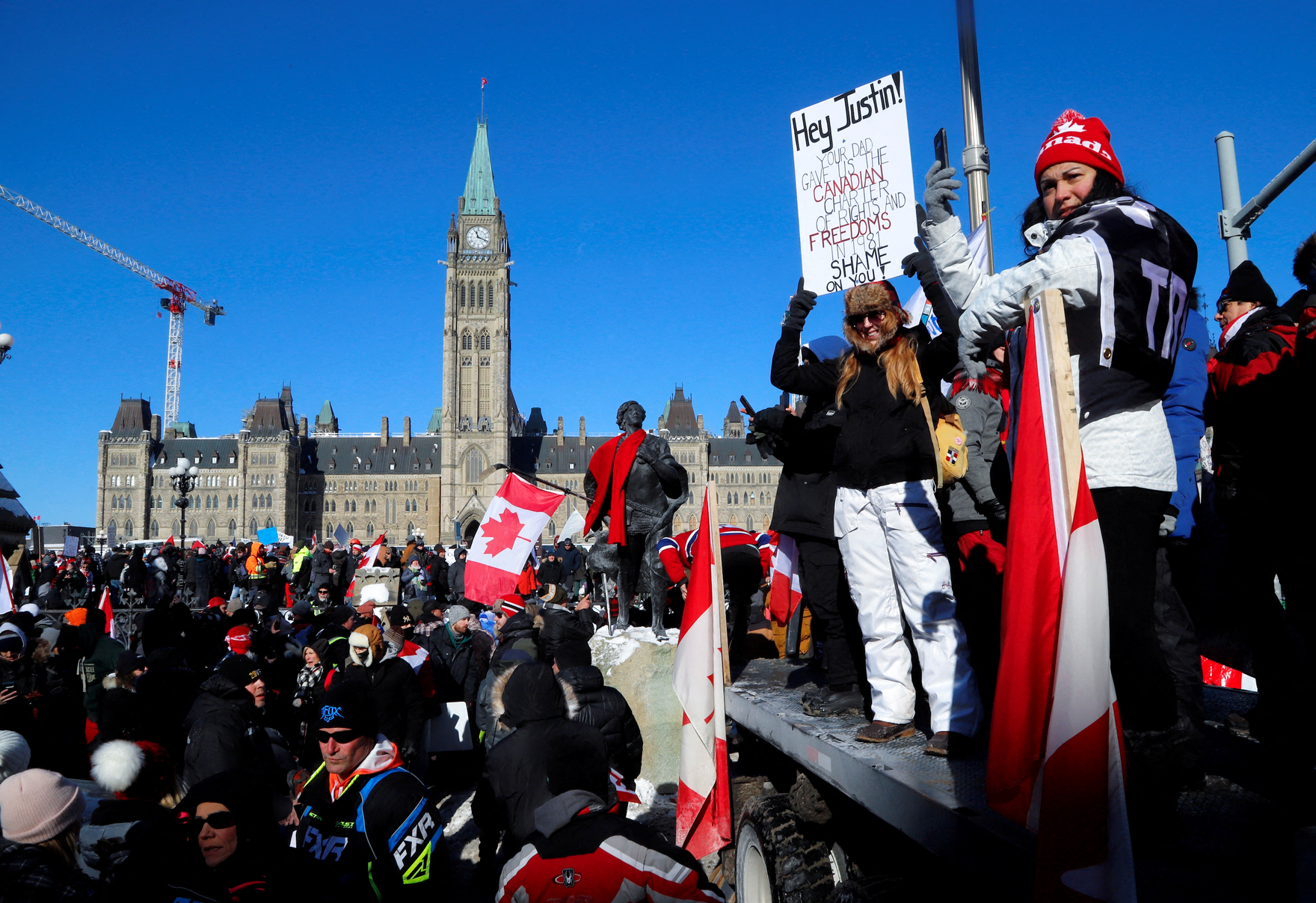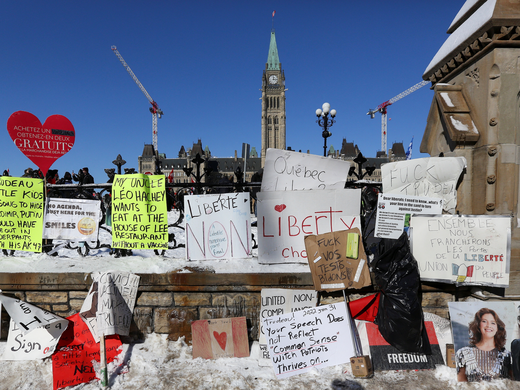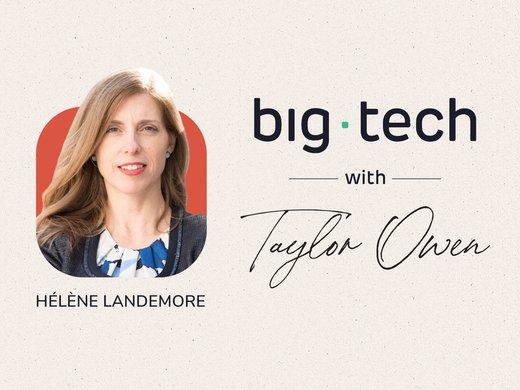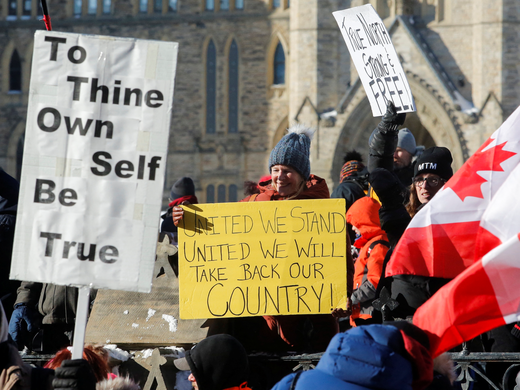The “freedom convoy” began as a squabble over border vaccination rules but quickly metastasized into a projection of all manner of social and political discontent. It has been hard to categorize because there are so many incoherent and seemingly contradictory elements. But this is the issue we must now confront: the unrest has revealed a fundamental fissure in how we, as citizens, perceive social reality in Canada.
I began to understand the seriousness of this disconnect as I struggled to engage with constituents about what was happening with the occupation of Ottawa. When I posted an article about how journalists were taking extra precautions because of the threats of potential violence, several people responded with ridicule. A grandmother summed it up, “If the media didn’t lie, they wouldn’t need to worry [about violence].” When I explained that I’ve witnessed harassment of local businesses in the occupied zone, some people accused me of lying, or said I deserved to be put on trial.
How do you discuss politics when you’re not arguing facts but reality itself? The convoy has been sustained within an information ecosystem in which people from across demographics, genders and life experiences have simply opted out of national media or other anchors of commonality. They have their own Facebook feeds, Reddit channels and Slack chat information buttressing an utterly alternate reality of science, medicine and politics.
The convoy has made it clear that not only have we lost the war on disinformation, but we also didn’t even know where to look.
In 2018–2019 I participated in parliamentary hearings in Ottawa and the United Kingdom on the threat of digital disinformation. At that time, the fear was that well-placed digital mercenaries might be able to manipulate Facebook’s algorithms to flip votes and possibly upend elections. It was thought that such manipulations would be in the form of subtle monkeywrenching in close constituency races, where the profiling of Facebook users could be used to nudge votes in a certain way without people realizing they had been influenced. What we failed to consider was the social implications of society being broken down into an endless series of individually curated but distorted funhouse mirrors in the Facebook algorithm.
Tristan Harris of the Center for Humane Technology tried to warn us at our committee hearings of 2018. “Technology is overwriting the limits of the human animal. We have a limited ability to hold a certain amount of information in our head at the same time. We have a limited ability to discern the truth. We rely on shortcuts like what other people are saying is true, or the fact that a person who I trust said that thing is true.”
Harris warned us about the danger of playing “whack-a-mole” in trying to separate facts from deepfakes in a digital sea where “trillions of pieces of content” are floating without an anchor.
Whack-a-mole was the response we took to medical misinformation in the early days of the pandemic. In 2020 I worked with UK Member of Parliament Damian Collins and other parliamentarians on an international project called Infotagion. Our focus was to identify COVID-19 disinformation and challenge it with scientific facts.
At first, it seemed to go well. But soon it became apparent we weren’t fighting a few bad actors and false Facebook memes but rather the combined power of countless ordinary people who had become their own online research and publishing fora of alternate medical and political facts. Where we counted on scientific journals, they relied on distorted content provided by the Facebook and YouTube algorithms.
This hyper state of disinformation has real-time social and political implications. In his attempt to explain the irrational rage that consumed the United States in the lead-up to the January 6 Capitol Hill riots, Evan Osnos wrote that society is increasingly unmoored from local, regional and community links that traditionally provided a sense of shared experience. He describes it as a fundamental rewiring of the “geography of the mind.”
The convoy is Canada’s January 6 moment. I’d like to think that when the protest settles down, and the pandemic recedes, we will find our way back to a shared sense of community and nationhood.
But we need to face the fact that Canada, with its long history of social solidarity, was simply unprepared for the mass power of online disinformation and social frustration. That discontent has been manifested in truckers with guns at the Alberta border, people protesting outside hospitals, and grandmothers who fantasize about journalists taking a beating. The geography of the public mind has shifted. This shift will have profound political implications in the weeks and years to come.
This article was first published in the National Observer.



